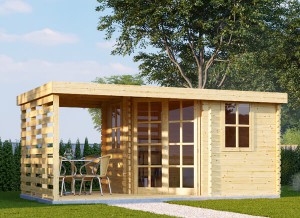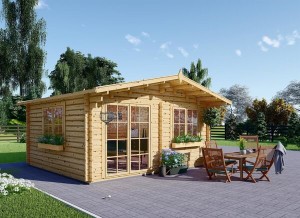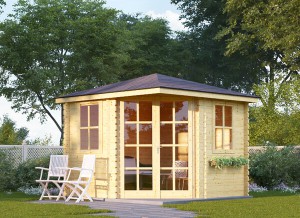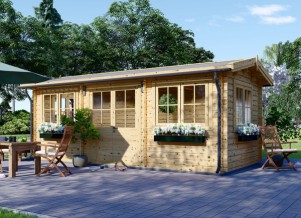When people start gardening, they often get advised to start with beans, and it is not for naught. Of all the vegetables that you could grow, beans are the easiest to plant and maintain. You could easily broadcast some seeds on the ground, and once the rain fell, the seeds would germinate, thus giving rise to young plants. Therefore, starting with beans is the best way to get the hang of how things work before moving on to other plants. You can sow beans in pots in your garden wooden shed if you like as they will not take up much space. Or you could use the area around the wooden shed for the same.
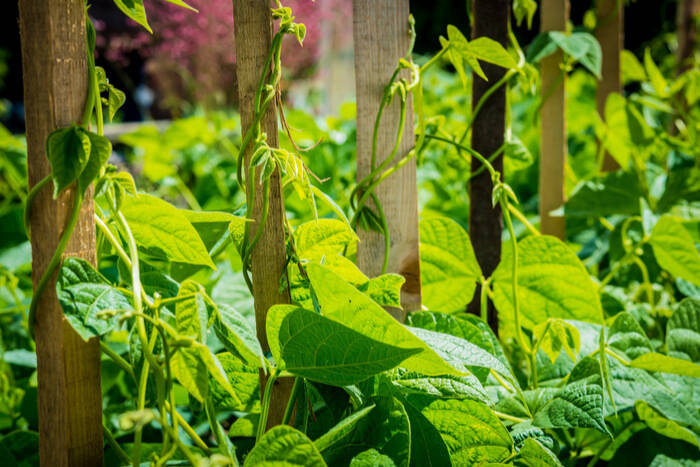
Beans are not only easy to plant and harvest, but they also boast of loads of nutritious benefits. You can decide on many varieties, based on which beans you like best. However, the steps followed are the same regardless, and you will need to prepare the soil in the garden or the pots before planting the seeds and harvesting the produce. Have a look at what you need to do:
Bean Selection
How many types of beans do you know? It is essential for you to figure out what variety you like best before heading to the garden store. There are the snap beans and the shell beans. Similarities between the two include that they can grow in both pole and bush styles. The difference between them is in the pods. For shell varieties, you remove the beans from the pod to consume them, and you can have them when dried or fresh. As for the snap variety, you eat the beans while they are in the pod and you can only enjoy them when fresh. The good thing about the two though is that you can plant them adjacent to each other without running the risk of cross-contamination. As such, if you wish to have both types, you do not have to make a selection.
For the shell varieties, you have the garbanzo, fava, black, kidney and black-eyed peas options while for the snap varieties, there are mung, scarlet runner, green, asparagus and adzuki beans.
Pole
For a first time trial at planting beans, it is advisable to go for a pole-bean option. The thing with this variety is that it comprises vines and will thus require a pole or other structure for support. It can grow to a height of up to six feet, and you do not have restrictions as to whether it should be a shell or snap variety. However, when choosing this variety, you should consider the climate in your region as they do well in cooler summer weather. In the US, they thrive in the states towards the north.
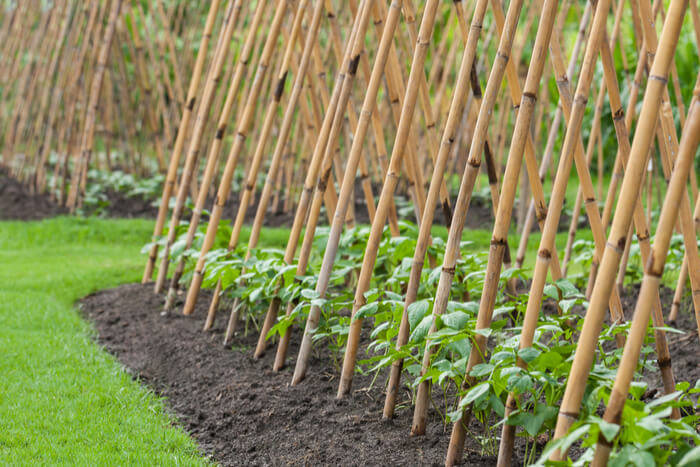
Bush
This option is best for you if you live in a warm environment where temperatures reach thirty-eight degrees Celsius. In the US, you can plant this variety if you live toward the south where the weather tends to be warm. This variety does not require support. However, the downside to them is that they need more space than pole varieties as they tend to spread out.
There is another option in the form of the half-runners, and this is a hybrid of the pole and bush varieties. You may need some support for this.
If your climatic conditions cannot allow you to plant one of the two main types of bean plants, you could sow your seeds in your wooden shed where you can regulate temperatures to enable your beans to thrive.
Planting
At this stage, you need to choose a space for your beans. The good thing about these plants is that they can quickly adapt to growing in the sun and the shade. When you are planting them outside, go for a site that receives a lot of sunlight. Where this is not possible, you can opt for an area which gets partial sunshine. If you plan to do the same in a wooden shed, position the pots towards the side that receives the most sunlight.
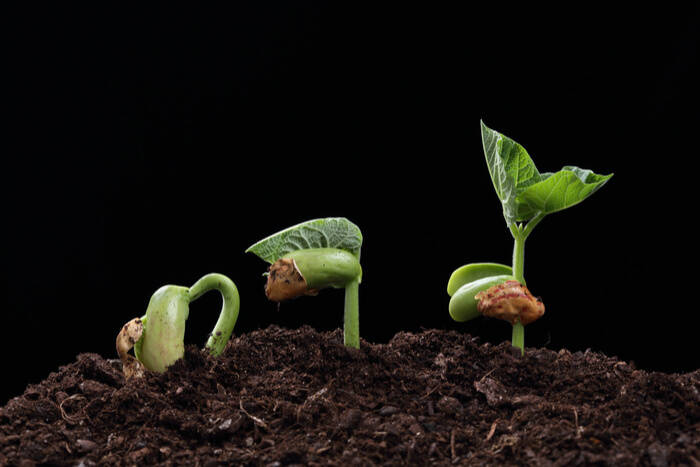
Another great thing about beans is that the pole varieties grow upwards and thus do not take up much room. With a plot with a one-meter width and a length dependent on your desired outcome, you are set to grow healthy bean plants.
Timing
The best time to sow seeds is in March and April once the last frost has passed. If you sow the seeds earlier than this, you will expose the seedlings to freezing which can lead to death. Also, planting the seeds late in the season will not afford them adequate time to mature for harvesting during the fall. However, this will all depend on your region, and you can engage an agricultural expert in this regard. You should note that beans have delicate roots and thus should not be subject to transplanting. For this reason, you cannot start them off in pots in your wooden shed before transferring them to the ground outside. You need to choose where you will plant the seeds such that once spring begins, you can sow them and give them adequate time to mature.
Soil Preparation
Beans require fertile, well-drained soil and to achieve this; you should add compost and topsoil to the pots or plot of land where you intend to sow the seeds. Ensure that you loosen the soil and where you have not planted beans in the past; add some bacterial inoculants to the seeds to help with nitrogen-fixing. If you are planting pole varieties, ensure that you put a stake or other structure in place such that the seedlings can wind themselves around it as they mature. Ensure that the pole can withstand strong winds and heavy rains such that it does not give way in time.
Sowing
Start by digging a one-inch hole where you will place the seed. Next, measure three inches before digging another hole. Keep doing this to ensure that there is adequate spacing between the plants. For bush varieties, you will need more space. Finish up by covering the seeds with an inch of soil before watering them.
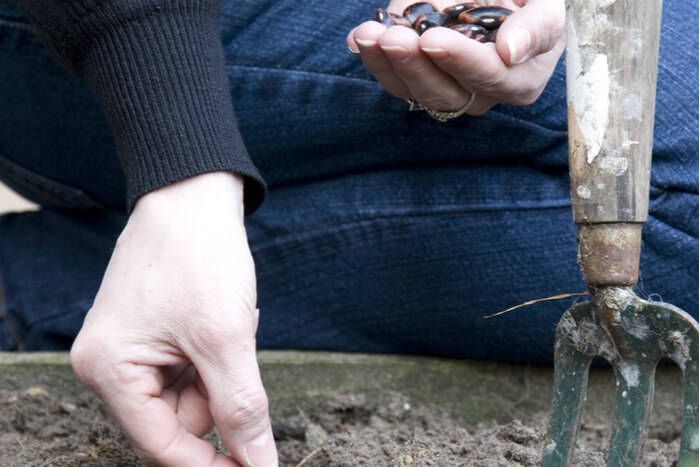
Watering should take place every three days such that the soil remains moist but not wet as the latter leads to root rot. Once the seeds sprout and reach a few inches, place a one-inch mulch layer on the soil to control the evaporation rate and to curb the growth of weeds.
Harvesting
Where you wish to enjoy your beans when fresh, ensure that you pick the pods before the shape of the beans starts to show. If not, you can wait until they dry, depending on the variety. As you harvest the beans, do so by snapping and not tearing. Otherwise, you will damage the plant.
That’s all you need to know regarding how to grow beans. Enjoy your gardening!

